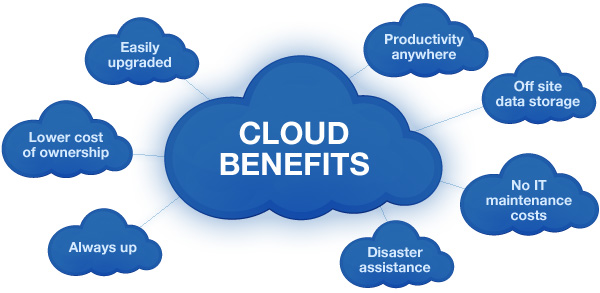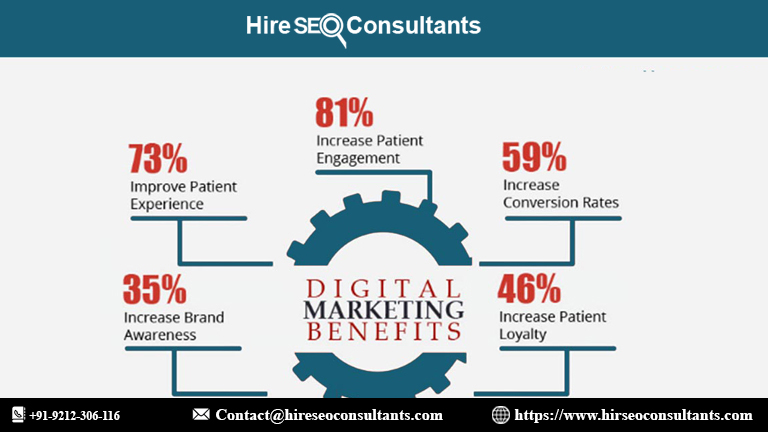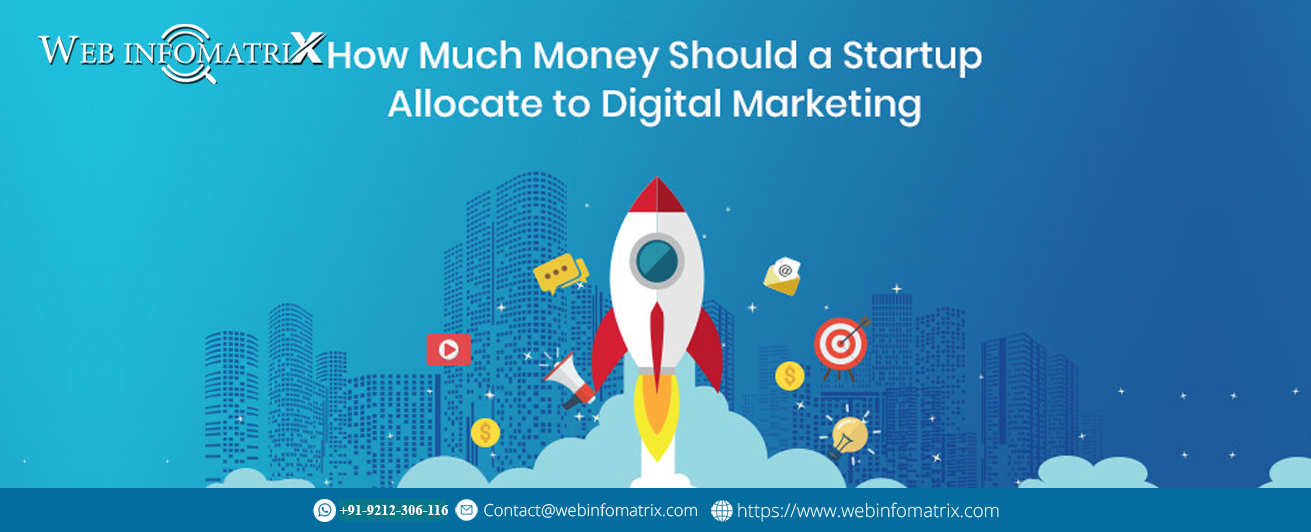Discovering the cloud computing and its advantages
The cloud computing has emerged as a game-changer, revolutionizing the way businesses and individuals access and utilize computing resources.

In the rapidly evolving landscape of technology, cloud computing has emerged as a game-changer, revolutionizing the way businesses and individuals access and utilize computing resources.
This transformative paradigm shift has become a cornerstone of the digital age, offering unparalleled flexibility, scalability, and cost-efficiency.
In this blog post, we will delve deep into the?concept of cloud computing?and explore its myriad advantages that have made it an indispensable tool in the modern world.
Understanding Cloud Computing
At its core, cloud computing refers to the delivery of computing services, including servers, storage, databases, networking, software, analytics, and more, over the internet.
Instead of relying on local servers or personal computers to manage and store data, applications, and other resources, cloud computing leverages the power of remote data centers maintained by third-party providers.
These providers, often referred to as cloud service providers (CSPs), offer users access to these resources on a pay-as-you-go basis.
Cloud computing is typically categorized into three primary service models, each catering to different needs:
- Infrastructure as a Service (IaaS): IaaS provides users with the fundamental building blocks of computing, such as virtual machines, storage, and networking. It allows users to provision and manage these resources as needed, without the need to invest in physical hardware.
- Platform as a Service (PaaS): PaaS goes a step further by offering a platform on top of which developers can build, deploy, and manage applications. This model streamlines the development process and reduces the complexity of infrastructure management.
- Software as a Service (SaaS): SaaS delivers fully functional software applications over the internet. Users can access these applications via web browsers, eliminating the need for local installations and updates.
Advantages of Cloud Computing
Now that we have a solid understanding of what cloud computing entails, let's explore its numerous advantages that have fueled its widespread adoption across industries.
- Cost-Efficiency One of the most significant?advantages of cloud computing?is its cost-efficiency. Traditional IT infrastructure requires substantial upfront investments in hardware, software, and ongoing maintenance. In contrast, cloud computing operates on a pay-as-you-go model, allowing organizations to avoid capital expenditures. This cost structure is particularly beneficial for startups and small businesses, as it enables them to access enterprise-level resources without a prohibitive initial investment.
- ScalabilityCloud computing offers unparalleled scalability, allowing organizations to quickly adjust their computing resources based on demand. Whether it's a sudden surge in website traffic or the need for additional storage capacity, cloud providers can instantly allocate resources to meet these requirements. This scalability ensures that businesses can adapt to changing conditions without the limitations of physical infrastructure.
- Flexibility and AccessibilityThe cloud offers users the flexibility to access their data and applications from virtually anywhere with an internet connection. This accessibility is especially advantageous in today's globalized and remote work environments. It enables employees to collaborate seamlessly, whether they are in the office, at home, or on the go.
- Reliability and RedundancyLeading cloud providers invest heavily in data center infrastructure and redundancy measures to ensure high availability and reliability. This means that data and applications hosted in the cloud are often more resilient than those on traditional servers. Downtime is minimized, and data is regularly backed up and protected against hardware failures.
- SecurityCloud providers employ top-notch security measures to safeguard data and applications. They often have dedicated teams of experts who continuously monitor and update security protocols to protect against evolving threats. Many cloud services also offer encryption and compliance certifications to meet industry-specific regulatory requirements.
- Automatic Updates and MaintenanceCloud computing providers take care of routine maintenance, including software updates and security patches. This frees up IT staff from these tasks, allowing them to focus on more strategic initiatives. Additionally, automatic updates ensure that applications and systems are always up to date, reducing the risk of vulnerabilities.
- Environmental ImpactCloud computing can be environmentally friendly. By sharing computing resources across multiple users and optimizing data center operations, cloud providers can achieve energy efficiency and reduce their carbon footprint. This can align with an organization's sustainability goals and reduce its overall environmental impact.
- Global ReachCloud computing providers have data centers strategically located around the world. This global reach enables organizations to serve customers and users in different geographic regions effectively. It also reduces latency, ensuring a seamless experience for users accessing resources from various locations.
- Data Analytics and InsightsCloud computing offers robust data analytics capabilities, enabling organizations to derive valuable insights from their data. Whether it's analyzing customer behavior, predicting market trends, or optimizing operations, cloud-based analytics tools provide the computing power and scalability needed to process vast amounts of data quickly.
- Disaster RecoveryCloud computing simplifies disaster recovery planning. Organizations can replicate their data and applications to remote data centers, ensuring that in the event of a disaster, their operations can quickly switch to backup resources. This redundancy minimizes downtime and data loss, enhancing business continuity.
- Competitive AdvantageAdopting cloud computing can provide a competitive advantage by accelerating innovation and time-to-market. It allows organizations to experiment with new technologies, rapidly develop and deploy applications, and stay agile in a fast-paced business environment.
- Resource EfficiencyCloud computing optimizes resource utilization. Users can allocate and deallocate resources as needed, reducing the waste of underutilized servers and storage. This resource efficiency aligns with sustainability goals and helps reduce overall IT costs.
In conclusion, cloud computing is a transformative technology that has reshaped the way organizations and individuals utilize computing resources. Its myriad advantages, including cost-efficiency, scalability, flexibility, reliability, and security, have made it an indispensable tool in the digital age.
As businesses continue to evolve and adapt to changing environments, embracing the cloud has become a strategic imperative.
Whether you're a startup looking to scale without heavy upfront investments or an established enterprise seeking to streamline operations,?cloud computing offers?a pathway to efficiency, innovation, and growth.
What's Your Reaction?

















